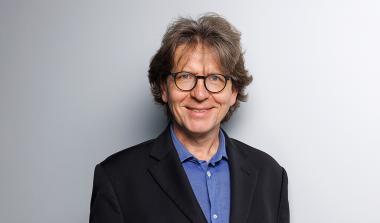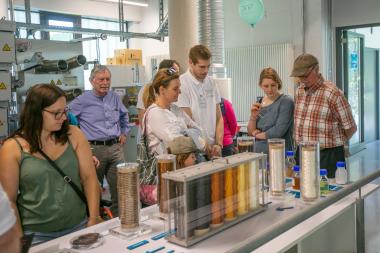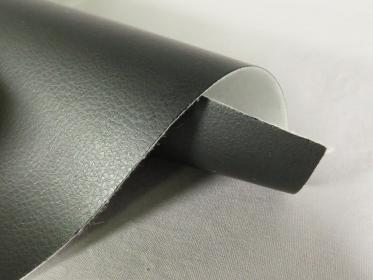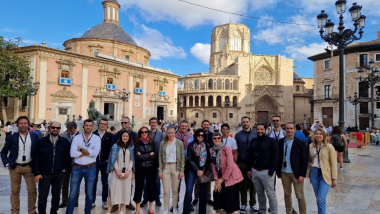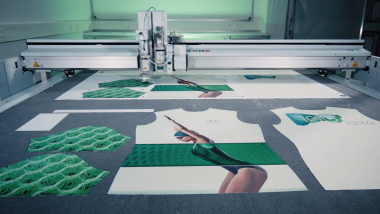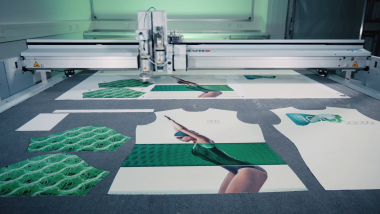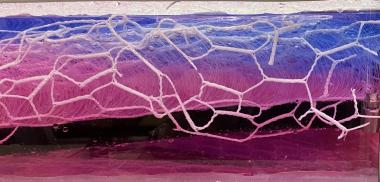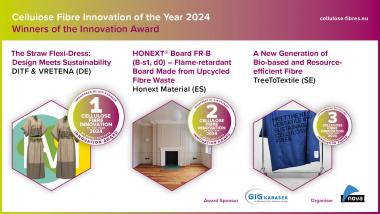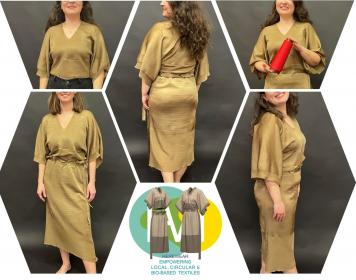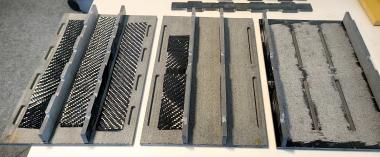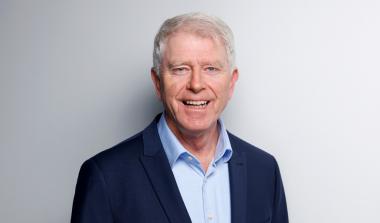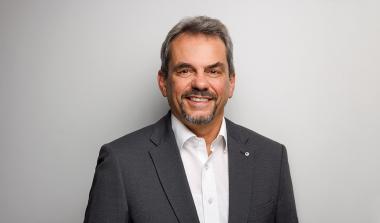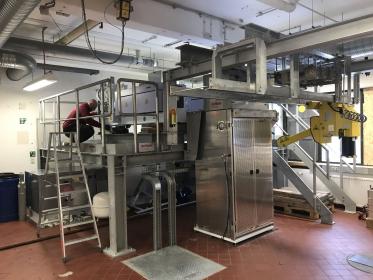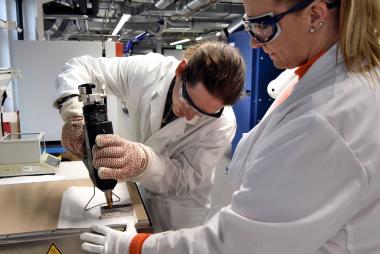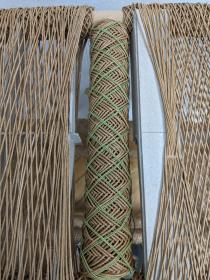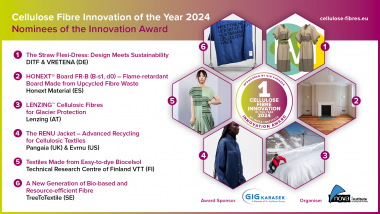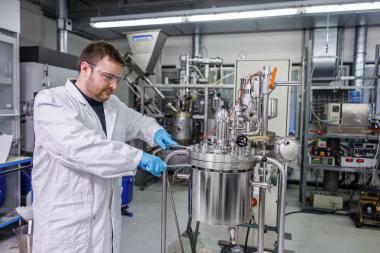DITF: Dr.-Ing. Thomas V. Fischer neuer Leiter des Zentrums für Management Research
Thomas Fischer folgt auf Professorin Dr. Meike Tilebein, die 13 Jahre das Zentrum für Management Research leitete. Sie schlug in dieser Funktion die Brücke zwischen universitärer und anwendungsorientierter Forschung für die digitale und grüne Transformation der Textilwirtschaft.
Meike Tilebein verlässt die DITF auf eigenen Wunsch, um zukünftig neue interdisziplinäre Forschungsschwerpunkte an der Universität Stuttgart zu bearbeiten, wo sie das Institut für Diversity Studies in den Ingenieurwissenschaften leitet.
Thomas Fischer hat im Jahr 2000 über kooperatives Innovationsmanagement in der textilen Wertschöpfungskette promoviert, die Forschungsarbeit wurde über die DITF mit einem EU-Stipendium gefördert. Danach war er als wissenschaftlicher Mitarbeiter am Zentrum für Management tätig, 2017 wurde ihm die stellvertretende Leitung übertragen.
Seine Forschungsschwerpunkte sind Innovationsmanagement, Innovationsmethodik, Wissensbasierte Systeme, Digitalisierung, Industrie 4.0, Nachhaltigkeit und Kreislaufwirtschaft. Der ausgebildete Mediator hat zahlreiche nationale und europäische Forschungsprojekte konzipiert und durchgeführt. Seit Juni 2024 koordiniert er das EU-Projektes BioFibreLoop mit 13 Partnern aus neun Ländern mit einer Fördersumme von 6,8 Millionen Euro.
„Mit Thomas Fischer sind die Weichen für die weitere Entwicklung des Zentrums für Management Research bestmöglich gestellt. Wir freuen uns auf die weitere Zusammenarbeit“ erklärt der Vorstandsvorsitzende der DITF, Professor Dr. Michael R. Buchmeiser.
DITF


